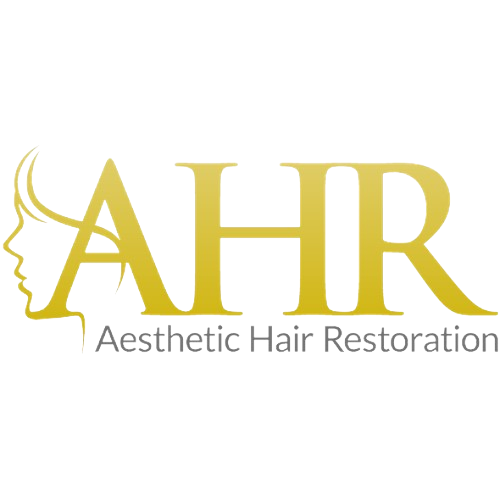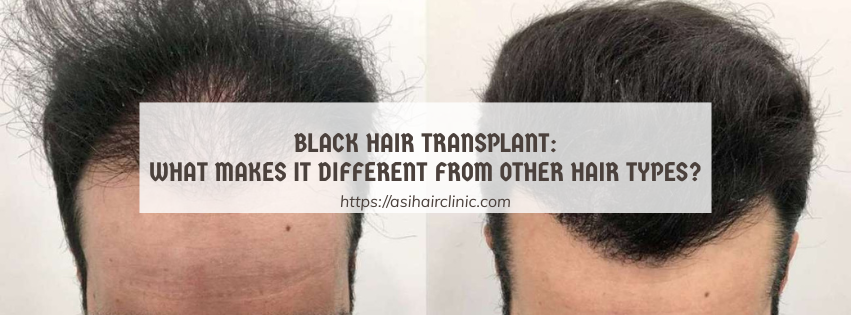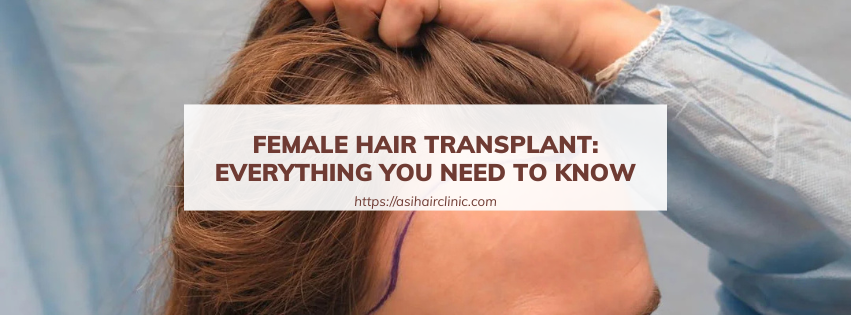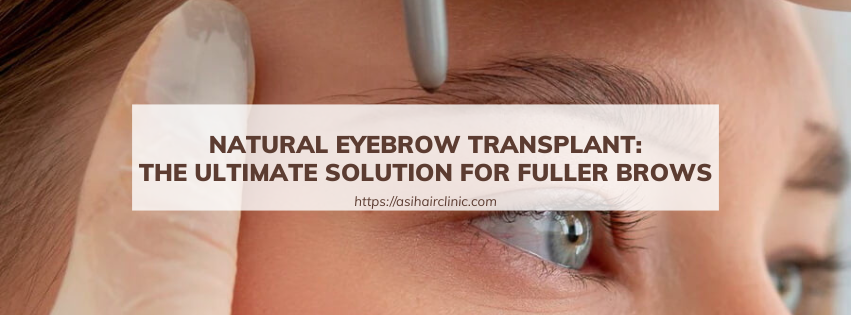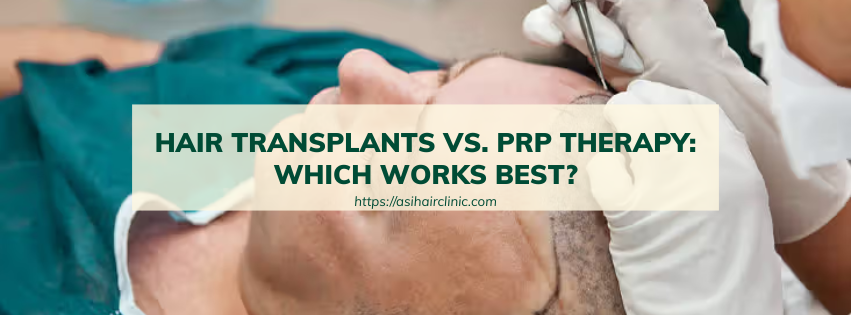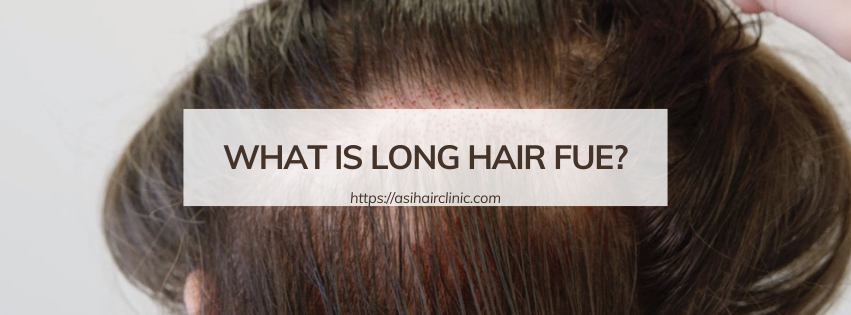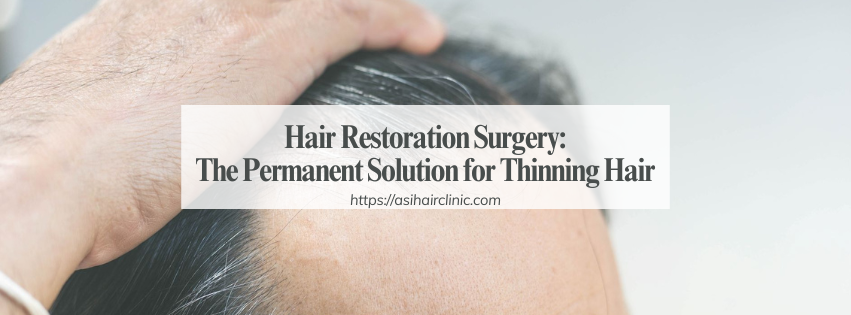Tips for Healthy Hair: 8 Everyday Changes to Stimulate Growth
Hair is often seen as a symbol of beauty, health, and vitality. Whether you dream of long, flowing locks or simply want to maintain the hair you have, healthy growth is a key factor. But what can you do to encourage your hair to thrive? While the idea of growing hair faster might seem like a mythical notion, the truth is that healthy hair growth is a result of a combination of factors. Genetics play a role, but lifestyle choices and consistent care can make a significant difference. This article, Aesthetic Hair Restoration will delve into practical tips for healthy hair by outlining eight everyday changes you can implement to stimulate growth.
1. Tips for Healthy Hair - Nourish from Within
The saying "You are what you eat" holds true for your hair as well. Your hair follicles, the tiny structures responsible for hair growth, need a steady supply of nutrients to function optimally. A balanced diet rich in essential vitamins and minerals can provide the foundation for strong, healthy hair.
1.1. Diet for Healthy Hair
Your diet plays a paramount role in determining not just the health of your body, but also the strength and vitality of your hair. Prioritizing certain nutrients can be quite beneficial.
- Protein: Hair is primarily composed of protein, so it's crucial to prioritize protein-rich foods in your diet. Protein supports the structure of your hair, making it less susceptible to damage and breakage. Incorporate sources such as fish, lean meats, poultry, eggs, beans, lentils, and tofu into your meals. For those who follow a vegetarian or vegan diet, focusing on legumes, nuts, and seeds is vital to ensure adequate protein intake for hair health.
- Iron: Iron deficiency can lead to hair loss, making it imperative to include iron-rich foods in your diet. Good sources include red meat, spinach, lentils, and fortified cereals. Pairing iron-rich foods with vitamin C can enhance absorption; for instance, having spinach salad with orange slices or lentils with bell peppers can make a great combination.
- Biotin: Biotin is a B vitamin that is crucial for keratin production - a protein that makes up hair. You can find biotin in foods like eggs, salmon, nuts, and sweet potatoes. Including these foods in your daily diet can help strengthen hair follicles and promote healthier growth.
- Zinc and Omega-3 Fatty Acids: Zinc is another important mineral for hair health. It is essential for cell growth and repair, making it vital for maintaining healthy hair. You can find zinc in oysters, beef, nuts, and beans. On the other hand, omega-3 fatty acids promote scalp health and reduce inflammation, both of which contribute positively to hair growth. Incorporate fatty fish like salmon, mackerel, and herring into your meals to achieve an optimal intake of omega-3s.
1.2. Supplementation
If you struggle to meet your nutritional needs through diet alone, consider supplementing with a multivitamin that includes biotin, zinc, and iron. However, always consult your doctor before starting any new supplements, especially if you have underlying health conditions. A professional can guide you on the right dosage and whether supplementation is appropriate for your individual needs.

2. Control Stress
Stress is a silent saboteur of hair growth. When your body is under chronic stress, it diverts resources away from non-essential functions like hair growth. Managing stress effectively can create a more conducive environment for healthy hair growth.
2.1. Understand the Impact of Stress
Chronic stress triggers hormonal changes in the body that can lead to hair loss. Elevated levels of cortisol, the stress hormone, can negatively impact hair follicles, causing them to enter the telogen phase prematurely - leading to increased shedding. Understanding how stress affects your body can empower you to take steps toward better management.
2.2. Techniques for Managing Stress
There are several strategies you can adopt to manage stress effectively:
- Exercise: Regular physical activity releases endorphins, which are hormones that improve mood and help reduce stress. Engaging in activities like running, biking, swimming, or even yoga can significantly alleviate stress levels. Aim for at least 30 minutes of exercise most days of the week to reap the benefits.
- Meditation and Mindfulness: Practices like meditation and mindfulness can help calm your mind and manage stress levels. Even a few minutes spent focusing on your breath or engaging in guided imagery can make a positive difference. Consider incorporating mindfulness practices into your daily routine, perhaps during breaks or before bed.
- Adequate Sleep: Sleep plays a critical role in overall health, including hair growth. When you don't get enough sleep, your body produces more cortisol, exacerbating stress levels. Aim for 7-9 hours of quality sleep each night to give your body the chance to recharge. Establishing a calming bedtime routine could also signal to your body that it's time to wind down.
2.3. Seek Support
In times of overwhelming stress, don't hesitate to seek support from friends, family, or a healthcare professional. Talking about your feelings can provide relief and perspective, making it easier to cope with life's challenges.
3. Avoid Harsh Chemicals
While coloring and styling your hair can allow for personal expression, harsh chemicals can damage your hair over time. Dyes, bleaches, and chemical treatments can weaken hair, making it prone to breakage and affecting its overall health.
3.1. Gentle Hair Care Practices
To keep your hair healthy while still enjoying color and style, consider the following:
- Minimize Coloring and Bleaching: If you dye or bleach your hair, opt for gentle, ammonia-free options and try to minimize the frequency of these treatments. Additionally, opting for highlights or balayage instead of full color can reduce the amount of product used on your hair, allowing for healthier strands.
- Heat Styling Tools: Excessive heat styling can lead to significant damage. If you frequently use curling irons, flat irons, or blow dryers, ensure you're using them sparingly. Always apply a heat protectant spray before styling to shield your hair from damage. Experiment with heatless hairstyles to give your hair a break from styling tools.
3.2. Choose Quality Products
Investing in high-quality hair care products that are free from sulfates and parabens can protect your hair from further damage. Look for shampoos and conditioners formulated specifically for your hair type and concerns.

4. Wash Less Often
While keeping your scalp clean is important, washing your hair too frequently can strip it of its natural oils. These oils are essential for maintaining moisture and preventing dryness and brittleness.
- Determine Your Washing Frequency: Each person’s hair type is unique, and factors like lifestyle and environmental conditions can influence how often you should wash your hair. Aim to wash your hair 2-3 times a week for best results, adjusting based on your hair type and oiliness.
- Use a Gentle Shampoo: When you do wash your hair, choose a sulfate-free shampoo that is formulated specifically for your hair type. Sulfates can be overly harsh, leading to dryness and irritation on the scalp. A good conditioner should also be part of your hair-washing routine to hydrate and detangle, helping prevent breakage during brushing.
- Condition Regularly: Conditioner is crucial for maintaining moisture and softness in your hair. Apply conditioner evenly throughout your hair, focusing on the mid-lengths and ends where dryness is often most pronounced. Leave it on for a few minutes before rinsing out to maximize hydration.
5. Scalp Massage
A regular scalp massage is a simple yet powerful way to stimulate blood flow to the hair follicles, promoting healthy growth. The act of massaging your scalp can also help relieve tension, providing both physical and mental benefits.
5.1. Techniques for Effective Scalp Massage
You can perform scalp massages at home using a variety of techniques:
- Use Your Fingertips: One of the simplest methods involves using your fingertips to gently massage your scalp. Apply circular motions to different areas of your scalp for 5-10 minutes. Focus on areas where you notice thinning or discomfort, applying gentle pressure without causing pain.
- Scalp Massagers: Various scalp massagers, both manual and electric, are available on the market. These tools can help distribute natural oils and improve circulation while enhancing your overall massage experience. If you prefer a hands-free option, invest in a quality scalp massager for ease of use.
5.2. Regularity Matters
Aim for regular scalp massages a few times a week. Consistency can lead to improved blood flow to hair follicles, encouraging healthier growth and vitality. To make it a habit, consider incorporating scalp massages into your shower routine or as part of your relaxation practices.
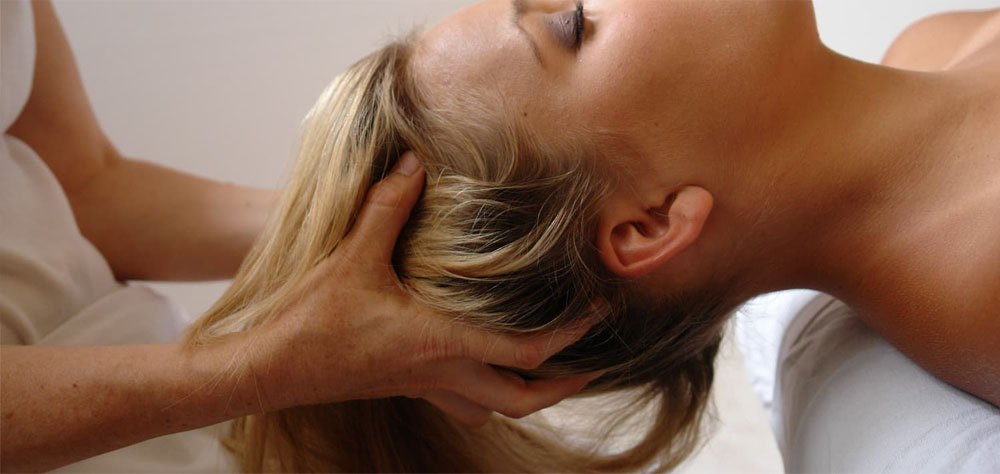
6. Get Regular Trims
Contrary to popular belief, getting regular trims can actually help encourage hair growth. Trimming split ends prevents them from traveling up the hair shaft and causing further damage.
- Trim Schedule for Optimal Health: To maintain the health of your hair, schedule trims every 6-8 weeks. This practice removes damaged ends and helps your hair appear fuller and healthier.
- Importance of Sharp Scissors: Using sharp scissors for trims is essential. Dull scissors can cause more damage than good, leading to frayed ends and split hairs. Always seek a professional stylist for trims to ensure that your hair is cut properly and safely.
7. Sleep on a Satin Pillowcase
Cotton pillowcases can create friction, leading to breakage and tangles in your hair. Switching to silk or satin pillowcases can offer numerous benefits for hair health.
- Benefits of Silk and Satin Pillowcases: Satin reduces friction, preventing hair from snagging and breaking. When hair glides easily on a satin surface, it reduces tangles and helps retain moisture, leaving your locks softer and less frizzy upon waking.
- Long-Term Investment: Although satin and silk pillowcases may come at a higher price point, they serve as a worthwhile investment for your hair health. Over time, the reduction in breakage and damage can lead to stronger, healthier hair.
8. Maintain a Healthy Lifestyle
A healthy lifestyle that includes exercise, adequate sleep, and stress management can benefit not only your overall well-being but also your hair. Adopting habits that support general health can have surprising effects on your hair growth.
- Importance of Exercise: Engaging in regular physical activity improves blood circulation, which nourishes hair follicles. Improved blood flow delivers necessary nutrients to hair roots and promotes better growth. Find activities you enjoy, whether it’s hiking, dancing, or lifting weights, and incorporate them into your weekly routine.
- Quality Sleep: Getting sufficient sleep allows your body to repair and regenerate itself, including hair follicles. Sleep deprivation can lead to hormonal imbalances and diminished hair growth. Create a relaxing bedtime routine and aim for restorative sleep each night.
- Avoid Smoking and Excessive Alcohol: Smoking can damage blood vessels and restrict blood flow to the scalp, hindering hair growth. Limiting alcohol consumption can also support overall health and hair vitality. Prioritize lifestyle choices that promote wellness to foster an environment where hair can thrive.
Conclusion
Patience is key when it comes to hair growth. You won't see overnight results, but by following these tips consistently, you'll encourage a healthier scalp and promote strong, healthy hair growth. Remember that hair growth happens in cycles, and various factors can influence the health of your hair. If you experience excessive hair loss or notice significant changes in your hair, consult a dermatologist to rule out any underlying medical conditions. By implementing these tips for healthy hair, you pave the way for vibrant, luscious locks that reflect your overall well-being.
LATEST POSTS
